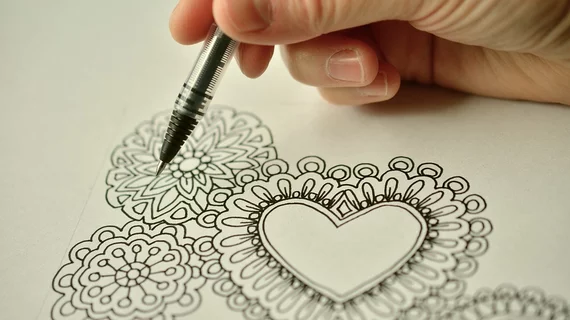Auburn launches interdisciplinary MRI trial to study brain plasticity
A $90,000 grant from the National Endowment for the Arts is offering Auburn University imagers an opportunity to study the effect art classes can have on brain plasticity, the university announced this week. Results could have important implications for how cognitive impairment cases are handled.
“This is an innovative project at the intersection of art, psychology and MRI technology,” Tom Denney, director of Auburn’s MRI Research Center, said in a news release. “We are excited to be part of the team.”
And that “team” isn’t just radiologists, Denney said. Rather, the study stretches across Auburn’s campus, originating in the art department and involving input from psychology and behavioral science staffers.
Denney will be one-quarter of a group exploring the link between art training and neural changes in the brain, focusing particularly on whether a 15-week drawing class has any effect on brain plasticity. Twenty students will be involved, all of whom will undergo two MRI scans—one during the first week of classes, and one during the last.
The art class aims to build drawing skills through a series of observational and practical exercises, according to the release, and the team will study whether that learning process has any bearing on neural plasticity. If it does, that could indicate the usefulness of creative education for not only art majors, but all students.
The researchers said there’s already evidence supporting the fact that art training can change the brain, but little information exists as to which aspects of art triggers those changes. Barb Bondy, a researcher with the College of Liberal Arts, said the cross-campus nature of this study will push the boundaries of what scientists currently know.
“Interdisciplinary collaboration proves to be beneficial,” she said in the release. “New questions arise that may have otherwise not have been asked.”
Results could also have implications for those with cognitive impairments, she said, since, if the drawing class indicates plasticity, art interventions could be used in cognitively challenged individuals to stimulate neural plasticity.
“I am thrilled to be part of this project as the questions we are answering, by bringing together our findings from different areas, integrate neuroscience, learning, cognition and how they can bear upon art education,” Jeff Katz, a co-researcher and professor of psychology, said.

